So, let us get one thing straight: comics have a long history of “controversial Variants” (wink wink) appearing here and there throughout the publication timeline that are sometimes weird, sometimes rational, and sometimes downright insane. We immediately think of The Mighty Throg, Reed Richards’ “Thinker,” and Superboy-Prime.
While these characters’ origins are relatively recent and their first publication did not “go-off-the-rails,” there is one character who has been embroiled in controversy since her debut appearance in All-Stars Comics #58 in 1976: Power Girl. And if you are familiar with DC, you will see where we are headed with this.
Yes, Earth 2’s version of Kal-L’s cousin deviates from her ostensible destiny as Supergirl, but she encounters some perplexing storyline (and costume) problems along the way. We are here to deconstruct it all and explore why, 45 years after her debut, Power Girl is still one of the most talked-about characters in the DC Universe. Here are seven bizarre facts about Power Girl that shed insight into the character’s bizarre past.
Why Power Girl’s Costume has a Chest Window
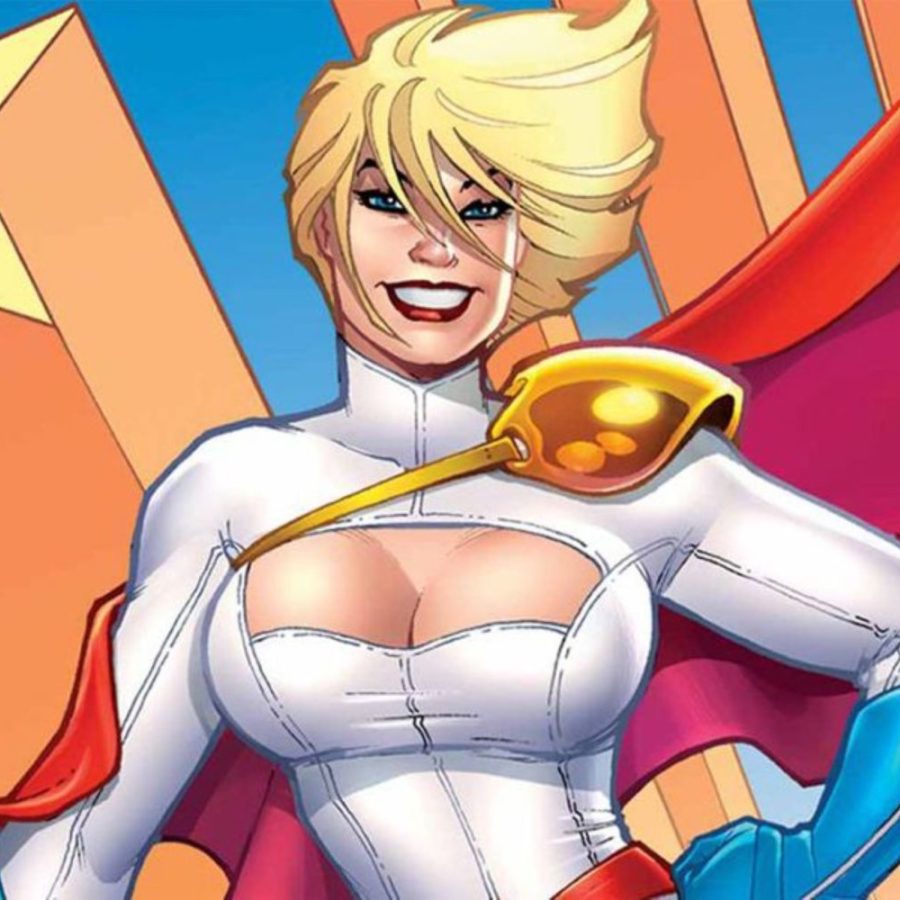
Are you ready for this? Here we go; it’s because she thinks she isn’t as good as Superman. So, context: Power Girl (alias Karen Starr) made her debut with an iconic look that became iconic not just for its massive flesh-display that enticed suggestible buyers (read: hormonal teenagers); it did not have a symbol. In the early days of superheroes (and we mean the early days), a symbol was a defining trait of a hero’s costume. You can even argue that the symbol is what gives the hero their identity; Superman’s S-shield, Batman’s black-and-yellow symbol, the logo of the Lantern Corps., the list is practically endless. So when Power Girl turned up looking like Pamela Anderson in a spandex suit, people took notice, from the readers to DC’s Executive Heads. Why did this happen? The answer is simple: she was a product of her time.
Originally, the chest window as a means to set her apart, as co-creator Gerry Conway admitted in a Tweet last year. Chest symbols are conventional and that clashed majorly with Power Girl’s liberal characterization, so it made perfect sense. What he didn’t account for, was Wally Wood. Feeling neglected during his tenure with DC and it being the Groovy 70’s, Wood decided to make Power Girl’s breasts bigger “until someone noticed”. The good news is when they did, he stopped.
The bad news is, the damage had already been done. Despite several costume re-designs, including a criminally bland unitard, creators always return to her original look: the blue-white spandex, the now-fashionable chest window (thank you, Amanda Connor), and the red cape whose size invariably varies across each issue.
They’ve tried to explain it; 1992’s Justice League Europe #37 embraced it as a celebration of her sexuality. Power Girl tells an inquiring Crimson Fox that the costume shows what she is; “Female. Healthy.” But the truly head-scratching reason comes from Geoff Johns’ JSA: Classified #2. Here, she an emotional Power Girl reveals that the reason she left the window gaping is that she wanted to fill it in when she becomes a worthy superhero like Superman and she…hasn’t done that. Seriously? That’s like saying the toilet seat is up because the poop needs somewhere to go! We know DC has made some astonishingly silly decisions (hello every Crisis Event ever) but the way they tried to play off Power Girl’s costume design has to be a Crisis Event by itself.
Her Magical (and Inconsequential) Pregnancy

Ah, yes. History is filled with inexplicable “immaculate conceptions”: the Virgin Mary and Our Lord and Saviour Jesus, Wanda Maximoff and her sorcerous twins, and…Power Girl? Believe it or not, that’s exactly what happened during the events of the Zero Hour storyline. After DC retconned everything that made Power Girl’s character interesting pre-Crisis and made her an Atlantean of all things (we will get to that), they started a JLI storyline that seemed doomed on arrival. In issue #52, Power Girl drops the bombshell that she is pregnant.
The only problem is that there is no father! And as the story progresses, it gets even weirder! Somehow, she loses her baby, then gets it back, then starts using her baby’s powers through, we wanna say…telekinesis? It wasn’t clear, and when the baby was actually born, things became even weirder.
Turns out, this version of Power Girl was bred to give birth to this baby? And the way she conceived it involved demons, magic, and for some sick reason, her grandfather Arion? And when Equinox WAS born, his entire purpose was resigned to defeating his nefarious father, bad-mouthing his mother, and then…disappearing forever?
HUH? And DC hyped him up, too! A Kryptonian who possessed sorcerous powers: just think of the possibilities! The whole thing turned what could have been DC’s new-and-improved version of the Danvers Disaster of ’78 into yet another bullet point for why the Crises events were such a disaster, timeline-wise. Building up the product of a magical, incestuous, violating union was clearly a bad idea, and Equinox has never been seen or heard from, ever again.
Stan Lee Hated Power Girl
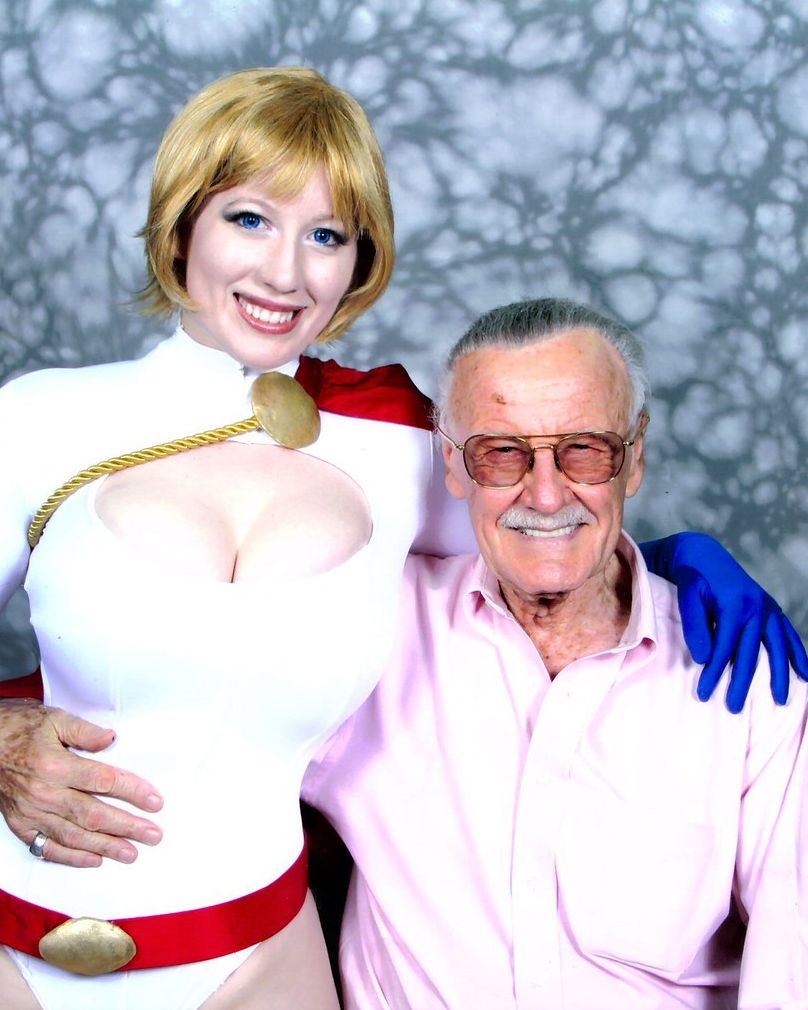
The fabled war between Marvel & DC isn’t as great as it is made out to seem these days. That’s not to say it wasn’t always real. One instance where it came to the forefront was the introduction of Power Girl; and the fact that Marvel head honcho Stan Lee absolutely loathed her! Don’t get us wrong, it wasn’t about the character, insomuch as it was about her name. DC had previously sued Marvel over the Wonder Man character which they alleged had an extremely close likeness to Wonder Woman and had appeared in one of their issues as well (as a robot, but that’s a different story).
Marvel complied and killed off Wonder Man. So imagine Stan Lee’s rage-tinted confusion upon the debut of Power Girl- who came about just a few months after Marvel introduced Power Man (aka Luke Cage), and wasn’t forced out of publication. And indeed that was the case, when in a 1978 interview he revealed he was “pretty annoyed” about the character’s conception and DC’s hypocrisy. Here’s a direct quote: “You know, years ago we brought out Wonder Man, and [DC Comics] sued us because they had Wonder Woman, and … I said okay, I’ll discontinue Wonder Man. And all of a sudden they’ve got Power Girl. Oh, boy.” Oh boy, indeed, Mr. Lee.
She is immune to Kryptonite
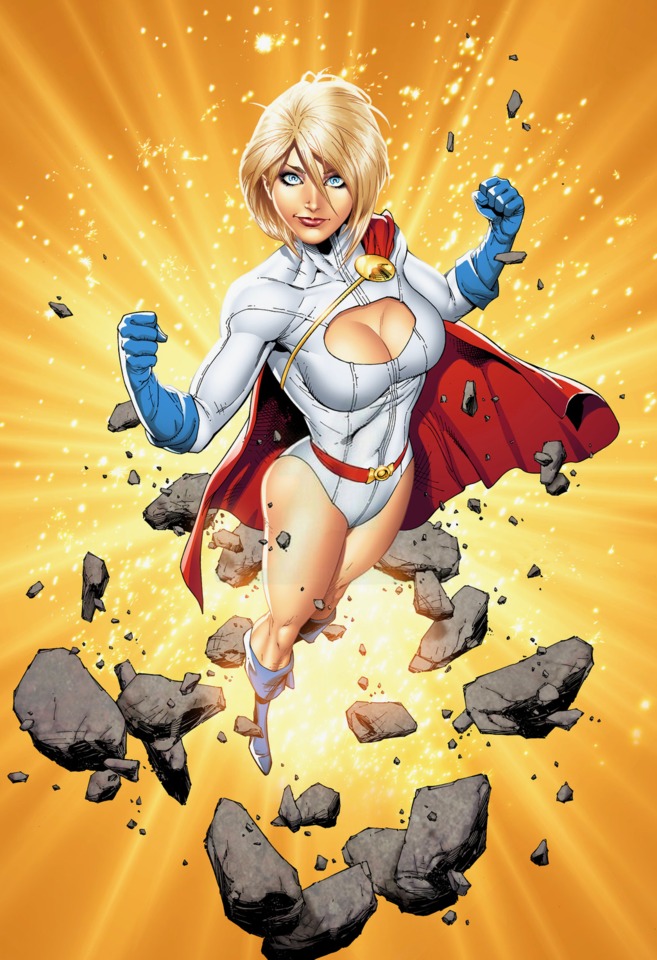
That’s right, folks. Lex Luthor’s prized ring has no effects on this bad bitch. The one thing that gave good ol’ Lex all that power over his God-like arch-nemesis is completely powerless against this Earth-Two Variant, as revealed in Superman #670. Why? Because she is from a different universe! Power Girl’s immunity to Kryptonite is explained as a consequence of her being from an alternate universe.
Since she was from Earth-Two, only Kryptonite taken from that Universe could hurt her. And well, luckily for her (or unluckily; you decide) her entire universe was erased at the end of the first Crisis Event, rendering any other forms of Kryptonite harmless to her. This gives her a slight edge over Supes himself, as she doesn’t keel over with a massive headache whenever she’s exposed to the rock.
She is weak to Natural Elements
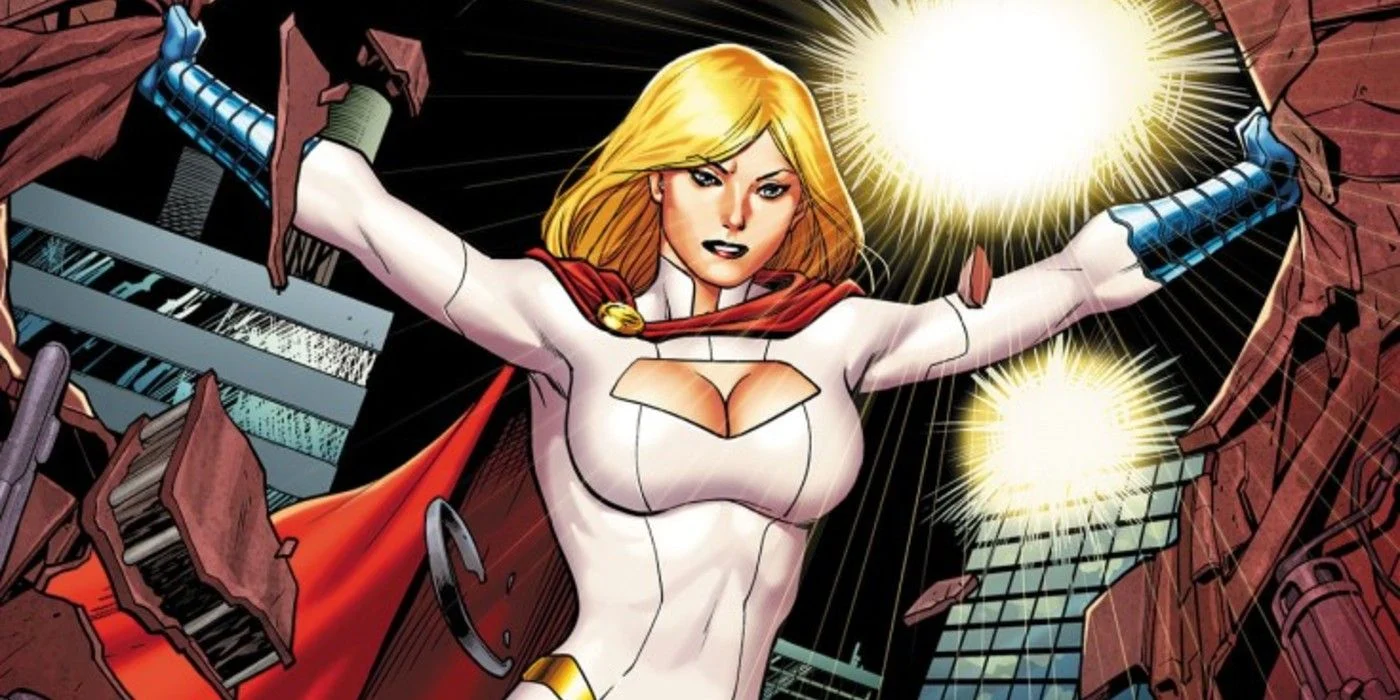
Being immune to the Super Family’s perpetual Achilles’ heel sounds like a great thing, right? No need to worry about intense pain, mental manipulation or being unable to even use your powers! Well, the writers saw that too and decided Power Girl needed to have some vulnerability that resembled her more-famous cousin’s but was also in-line with her character. For a time, they did it well, too, explaining that, unlike Superman, Power Girl’s powers are her own, meaning she has to adapt to her “human” limitations; her body doesn’t run on solar energy so she makes her own, she needs to hold her breath while flying in space, and other such quirks that added depth to her character.
All that development came undone when DC revealed that Power Girl’s actual weakness was even worse than being Kryptonite-prone; she was weak to natural elements in their raw & unprocessed form. Supergirl Vol. 4 #16 makes this grand revelation in perhaps the lamest attempt to turn the phrase “Sticks & Stones may break my bones” literal. Power Girl even uses the phrase in what has to be one of the most tragically hilarious comic book panels of all time. DC has since ignored this outrageous weakness of hers, focusing on standard Kryptonian weaknesses instead, but talk about being a stone’s throw away from death, eh?
She is of Atlantean Descent – Kinda
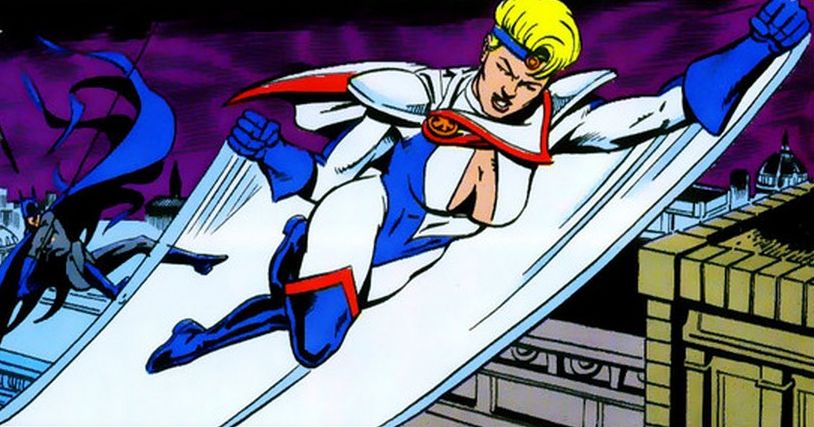
The Crises storylines were such a cluster-mess of timelines and bad decisions that DC is still trying to recover from them, having recently reset their entire Universe once again following the events of Dark Knight: Death Metal. But as the saying goes, the original is always better than the sequels, and in terms of absolutely warping character origins, the original Crisis on Infinite Earths takes the cake. DC shamelessly retconned several characters’ origin stories while merging the stories of others.
Power Girl had the peculiar distinction of retaining her former origin story- in the form of a hallucination. After the reboot, executives pushed to keep Power Girl on publication but there was a small problem; Earth-Two had just been erased. Secret Origins #11 gave us a brand-new backstory: she was an Atlantean, the granddaughter of Arion, and the life that she was “remembering” was just her hallucinating due to millennia of suspended animation.
This mind-boggling shift and everything that came after it in the comics (and before, in our video) led Power Girl on a path that was only salvaged by Geoff Johns’ run with JSA Classified, 2 decades later. Seriously, what does DC have against Power Girl?!
She is a Computer Genius
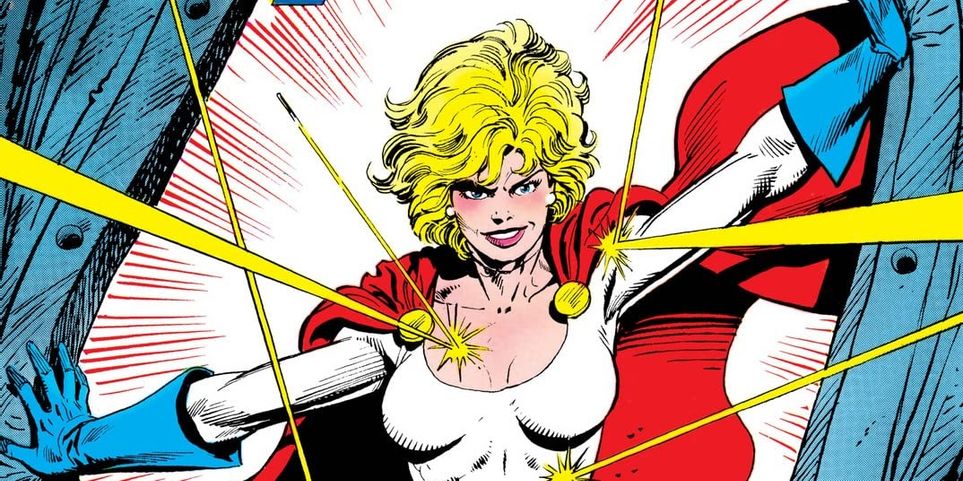
Sounds crazy, right? Meet Karen Starr: alien, Justice Society member, computer genius, and businesswoman extraordinaire. Clark Kent is a regular Metropolis University graduate who created a career in journalism with The Daily Planet. Karen Starr on the other hand is a maverick businesswoman who uses her genius-level intellect to create a technological empire. As a software engineer, she is more than capable of developing and utilizing complex technology, solving complicated logical puzzles, and climbing her way to the top of the tech ladder.
Her company, Starrware Industries, is one of the most successful of her time, with multiple divisions dedicated to furthering cutting-edge scientific progress. And book-smarts aren’t all she’s got; Starr is a woman who understands her position in a man’s world and actively uses it to achieve her ends. Whether it’s unconventional-yet-effective leadership or straight-up seduction, this Karen isn’t one to freak out at the slightest inconvenience; she knows what she wants, and also how to get it.
It makes sense that she’d be naturally good at these things; after all, she has 25 years of alien knowledge imprinted in her memories and all the experience she’s gained over the decades on top of that. What’s interesting is her rationale behind starting Starrware Industries: she recognizes that brute force isn’t enough to deal with all of Earth’s issues, so she wants to use technology to fight the battles her fists can’t; like climate change.
Conclusion

Is Power Girl’s history wrought with overtones of sexism, physical abuse, psychological trauma and just plain, bad writing? Yes. But that’s what makes her existence in the DC Pantheon so unique. Power Girl is the embodiment of a liberated woman: strong, smart, beautiful, with a non-existent tolerance for BS. Yes, she’s been put through the ringer for more than her fair share. But every time we see that white-and-blue spandex flying around the panels, we can’t help but admire the best bits about this fascinating and controversial Variant. We hate to say it, but we get where Loki comes from.
